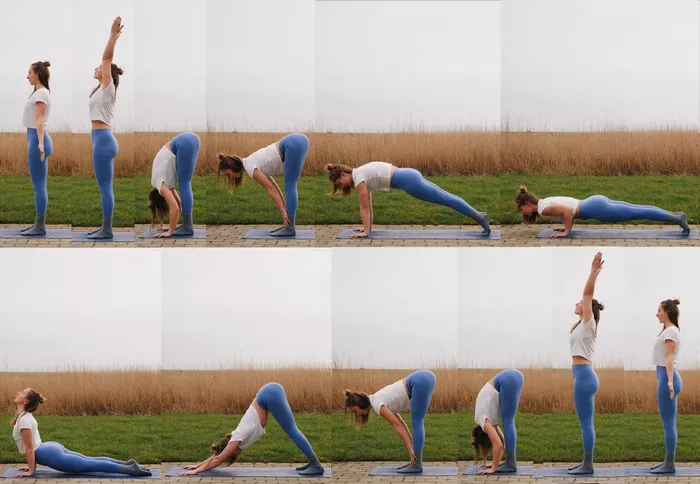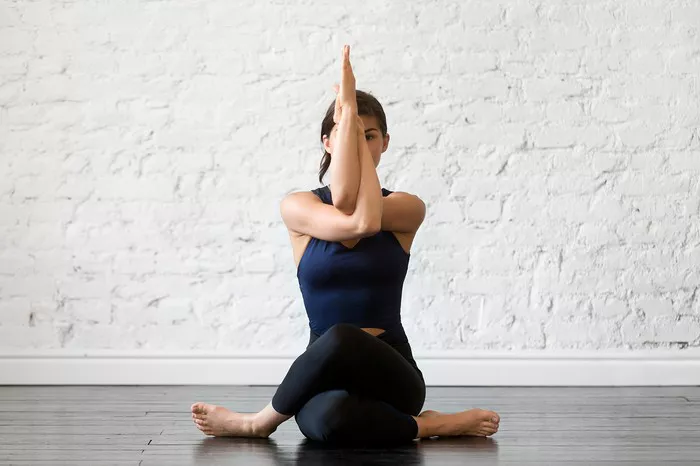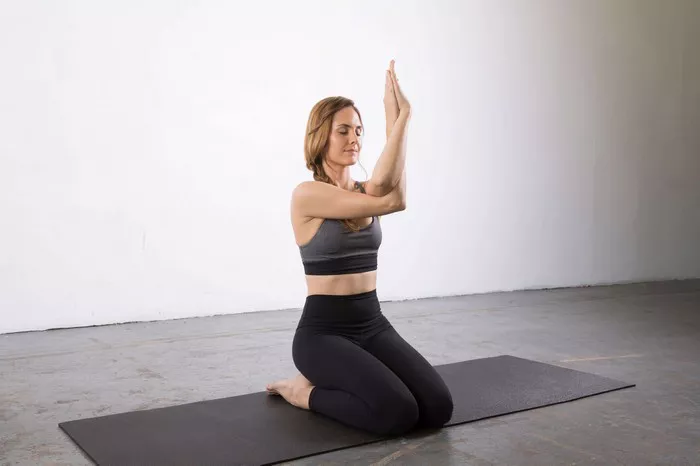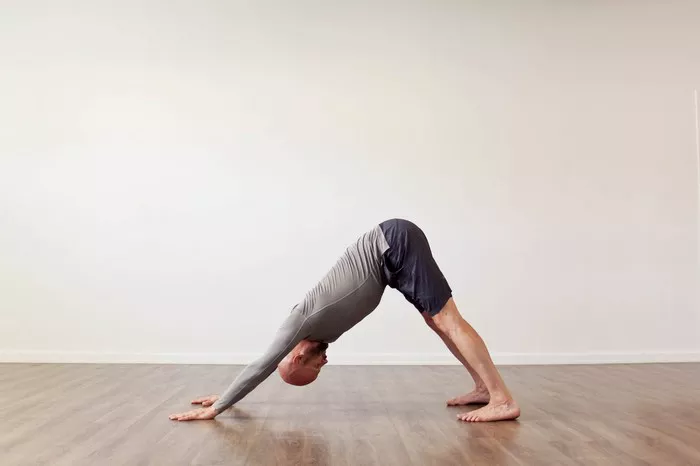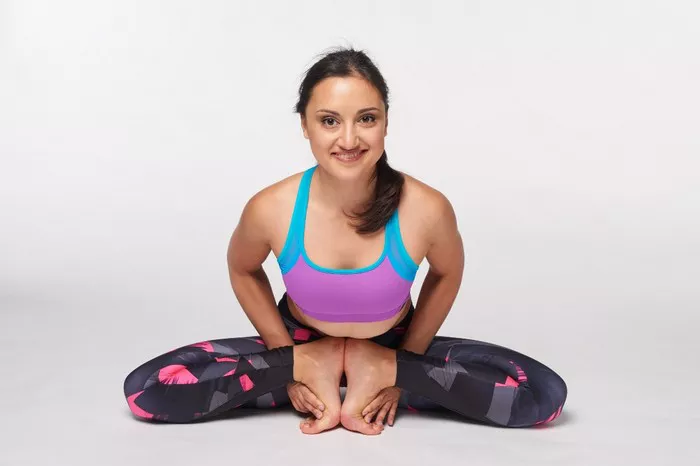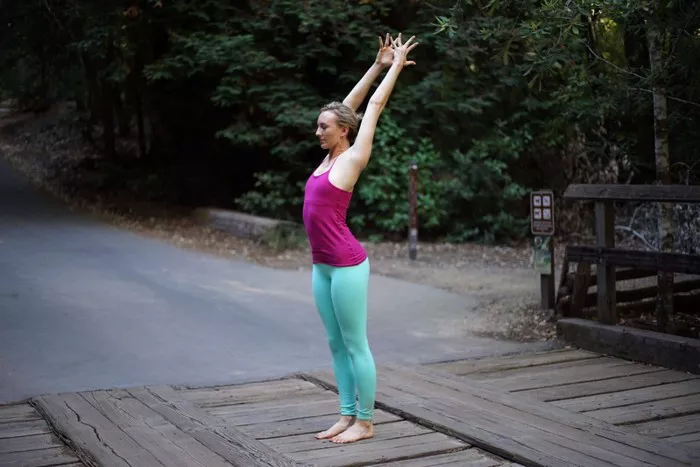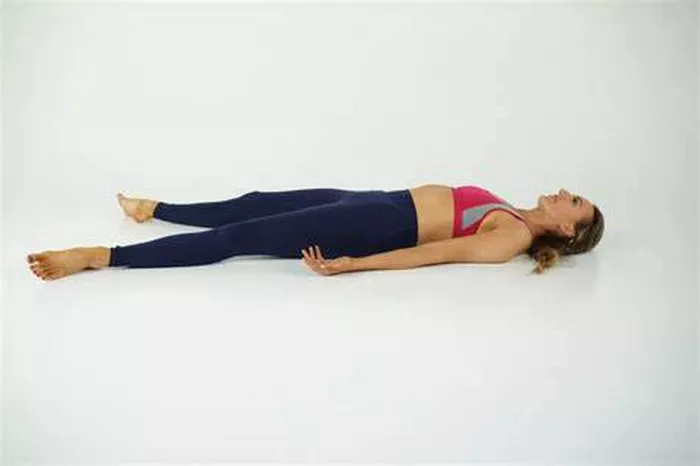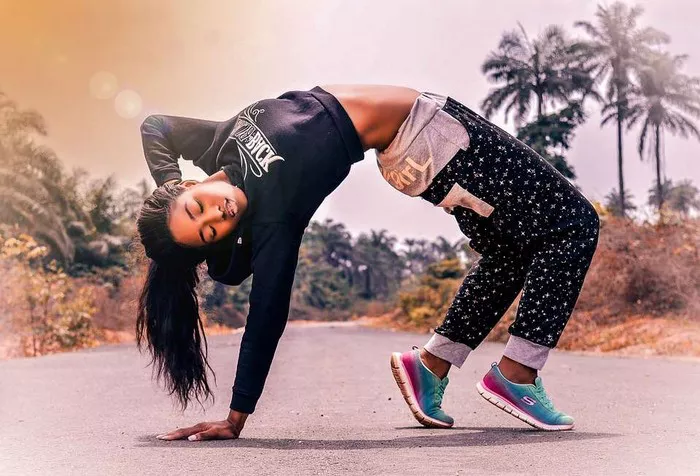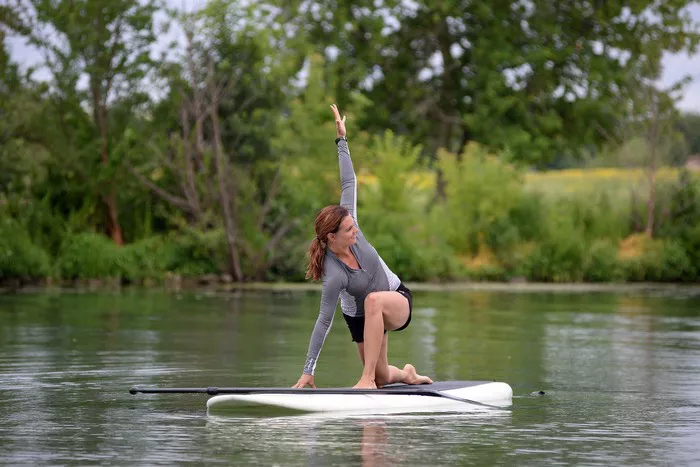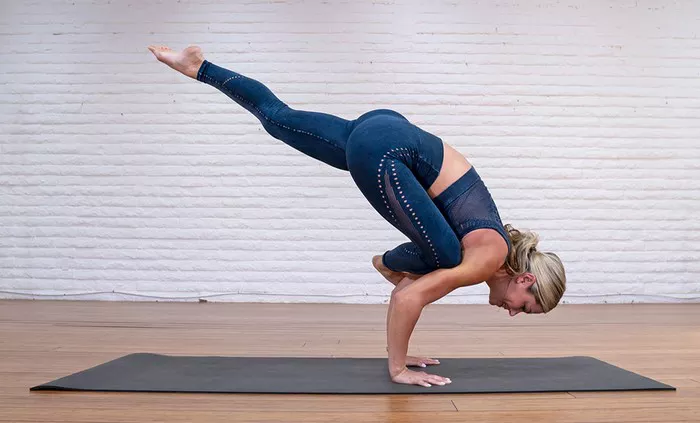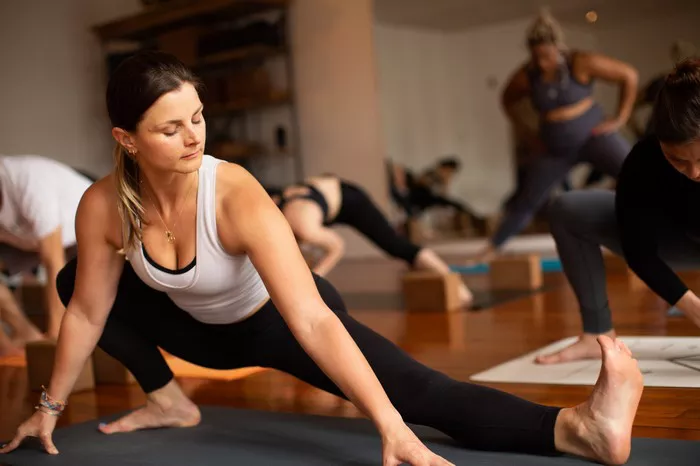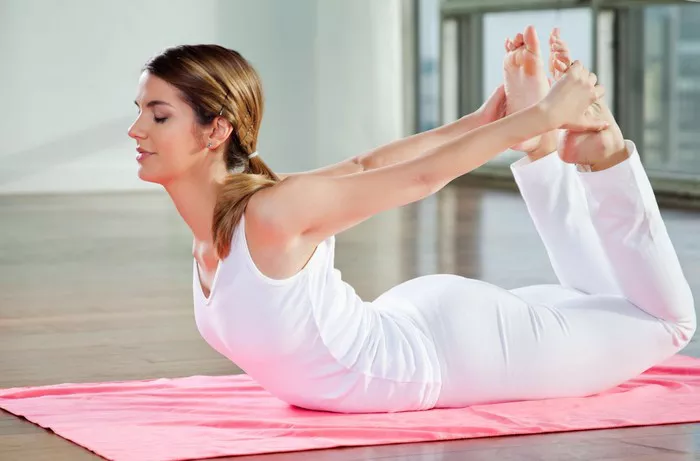B.K.S. Iyengar, a pioneer of modern yoga, revolutionized the practice with his unique emphasis on alignment, precision, and therapeutic benefits. Born in 1918 in India, Iyengar faced numerous health challenges in his youth. His personal journey of healing through yoga inspired him to develop a method that would make yoga accessible to everyone, regardless of their age, body type, or physical condition. Over decades of practice and teaching, he integrated the use of props into yoga sessions, a concept that distinguished Iyengar Yoga from other traditions. This innovative approach allowed students to experience the essence of each posture safely and effectively.
The Philosophy Behind Using Props
Iyengar believed that yoga should be a universal path to health and spiritual growth. He argued that each body is different and that traditional instructions might not suffice for everyone. Props, in his view, served as tools to bridge the gap between an individual’s current physical abilities and the ideal form of a yoga pose. Rather than being a crutch or a shortcut, props were intended to deepen awareness, enhance alignment, and bring a sense of stability to the practice. In Iyengar’s philosophy, alignment was not just physical but also psychological and spiritual. Props helped students focus on details, stay longer in poses, and ultimately experience the transformative power of yoga.
Types of Props Used in Iyengar Yoga
Iyengar introduced a variety of props to support and enhance the practice. These include:
- Blocks – Used to bring the floor closer in standing poses or to support the hips and back in seated postures.
- Belts – Assist in achieving alignment and extending reach, particularly in forward bends and stretches.
- Blankets – Offer cushioning and support, particularly for restorative poses and shoulder stands.
- Bolsters – Provide comfort and stability in restorative postures and during deep relaxation.
- Chairs – Used in a variety of seated and inverted postures to support the body and maintain alignment.
- Walls and Ropes – Enable practitioners to experience inversion and traction safely and with support.
Each prop serves a specific function and can be adjusted based on the individual needs of the practitioner.
Enhancing Alignment and Precision
One of Iyengar’s primary goals was to ensure that students performed asanas (yoga poses) with precision. Incorrect alignment could lead to strain or injury and might prevent students from experiencing the pose’s full benefit. Props allowed practitioners to maintain proper form without overexertion. For example, placing a block under the hand in Trikonasana (triangle pose) helps keep the spine aligned and reduces the risk of collapsing the chest. By promoting anatomical accuracy, props make it easier to access the intended benefits of each posture.
Accessibility for All Bodies
Another key reason for Iyengar’s use of props was to make yoga inclusive. Many people, due to age, injury, disability, or inflexibility, may find traditional poses challenging or inaccessible. Props act as equalizers. For instance, someone with tight hamstrings might use a strap in Paschimottanasana (seated forward bend) to extend their reach and avoid straining the lower back. Through props, Iyengar Yoga becomes a practice that meets individuals where they are, allowing everyone to experience the pose in a safe and supportive way.
Extending Duration in Poses
Staying longer in a pose can deepen its physical, mental, and energetic effects. However, without support, prolonged holding can lead to fatigue or discomfort, which might distract from the meditative aspect of yoga. Props make it possible to remain in poses for extended periods with ease. In restorative yoga, for instance, bolsters and blankets allow the body to release completely, facilitating deep relaxation and rejuvenation. The longer durations also enable practitioners to explore the subtle aspects of the pose and observe internal shifts more clearly.
Therapeutic Applications
Iyengar Yoga is renowned for its therapeutic applications. Iyengar himself overcame tuberculosis through dedicated yoga practice, and he later helped others manage or recover from various conditions, from musculoskeletal injuries to chronic illnesses. Props are central to this therapeutic approach. They allow modifications that accommodate limitations and support healing. For example:
- Chairs can assist with backbends for people with spinal issues.
- Ropes can aid in gentle traction for joint conditions.
- Blankets can provide cushioning for those with arthritis.
By making poses adaptable, props turn yoga into a potent form of physical therapy tailored to individual needs.
Cultivating Awareness and Mindfulness
Props are not just physical aids; they are tools for developing deeper awareness. Iyengar emphasized mindfulness in practice, and using props requires practitioners to be attentive to alignment, sensations, and breath. Setting up a prop correctly and noticing its effects fosters a mindful attitude. This attention to detail encourages practitioners to become more conscious of their bodies, habits, and patterns. As a result, the use of props becomes an exercise in self-study, or svadhyaya, which is one of the principles of the yogic path.
Encouraging Independence and Confidence
Some critics argue that using props might lead to dependency. However, Iyengar’s method ultimately aims to build independence. As students gain strength, flexibility, and understanding, they often reduce their reliance on props. The temporary use of support can give practitioners the confidence to attempt poses they might otherwise avoid. Over time, this empowerment fosters a sense of ownership and personal growth. By making progress visible and achievable, props encourage students to trust their bodies and their practice.
Deepening the Understanding of Asanas
Using props allows students to experience the subtle dynamics of a pose. For example, a block under the sacrum in Setu Bandha Sarvangasana (bridge pose) can help reveal the alignment of the pelvis and spine more clearly than doing the pose unsupported. By removing the struggle to stay in the pose, props provide space for observation and refinement. This deeper understanding builds a solid foundation that benefits more advanced practice. Iyengar often used props not as a substitute for effort but as a gateway to precision, depth, and insight.
Adapting to Changing Needs
A practitioner’s body and circumstances are constantly evolving. Illness, injury, aging, or even a stressful day can affect how a pose feels or what is needed. Props allow for flexibility in approach. Instead of forcing the body into a rigid mold, practitioners can adapt the pose to suit their current state. This adaptive quality aligns with the yogic principle of ahimsa, or non-violence, by encouraging a compassionate and responsive practice. Iyengar’s use of props thus promotes a sustainable and lifelong engagement with yoga.
Educational Benefits in Teaching
For yoga teachers, props offer a valuable pedagogical tool. They make it easier to demonstrate alignment principles, illustrate anatomical points, and accommodate diverse student needs. Teachers can observe how props affect a student’s form and tailor their instructions accordingly. Additionally, props help in group classes where one-on-one attention may be limited. By guiding students in the effective use of props, teachers can cultivate a safer, more enriching learning environment. Iyengar’s method has been widely adopted in teacher training programs around the world for its clarity and effectiveness.
Prop Use in Modern Yoga Studios
Today, the influence of Iyengar’s prop innovation is seen across various yoga styles and studios. Even traditions that don’t strictly follow the Iyengar method often incorporate blocks, straps, and bolsters into their classes. This widespread adoption speaks to the utility and versatility of props. Whether in a beginner’s vinyasa class or a restorative session, props continue to make yoga more accessible and intelligent. Iyengar’s legacy lives on in every studio that prioritizes alignment, safety, and inclusivity through the use of these tools.
Common Misconceptions About Props
Some practitioners mistakenly believe that props are only for beginners or those with physical limitations. This notion overlooks the depth and subtlety that props can bring to even advanced practice. In reality, seasoned yogis often use props to refine their poses and access deeper layers of awareness. Another misconception is that props weaken the practice. On the contrary, they can challenge the practitioner to work more precisely and mindfully. By dispelling these myths, we open the door to a richer, more informed approach to yoga.
Conclusion
B.K.S. Iyengar’s introduction of props into yoga practice marked a turning point in modern yoga history. His innovative use of tools like blocks, belts, and bolsters made the ancient practice more accessible, precise, and transformative. Far from being mere accessories, props are integral to the Iyengar method, embodying its core values of alignment, inclusivity, and mindfulness. As yoga continues to evolve, Iyengar’s legacy reminds us that true progress lies not in flashy poses or rigid ideals, but in thoughtful, compassionate engagement with our bodies and minds. Props, in this context, are instruments of empowerment, learning, and healing—a gift from a master who saw yoga as a path for everyone.
Related Topics:


